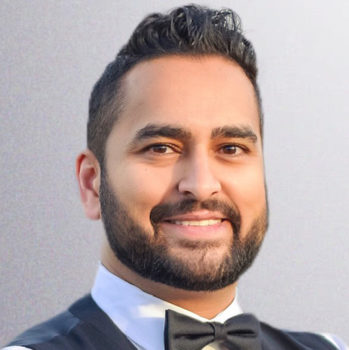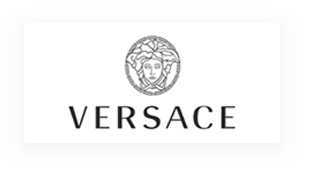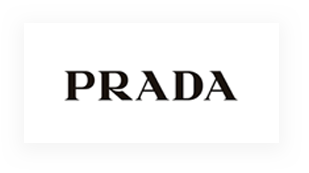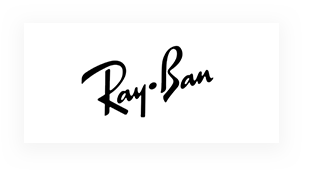Laser eye surgery has been popular since its inception in the 80s. Over time, procedures have changed, and new methods have been created, but the basic concept has remained mostly the same.
Laser eye surgeries are overall, very safe and relatively simple. However, just like any medical procedure, it’s important to understand what options are available to you, which one will best meet your needs, and what complications you could encounter.
The Basic Concept of Refractive Surgery
Refractive errors occur when the eyeball is either too long or too short relative to the curvature of the cornea. As a result, light focuses on a point either in front of or behind the retina (rather than directly on the retina), causing objects to appear blurry or undefined at certain distances.
The Long-Term Results of Laser Eye Surgery
Although there are a variety of laser eye procedures, each with their own benefits, drawbacks, and recovery times, the long-term results are very much the same.
Once the eyes have healed, patients report a significant improvement in acuity at all distances. Although some patients still require glasses after surgery, the level or correction required is significantly less than what was needed prior to surgery.
Over time, patients may find they need glasses once again, however, this usually does not happen for a number of years; sometimes even decades.
One refractive error that affects everyone eventually regardless of surgery is called presbyopia. This error is caused by the natural stiffening of the lens with age. The error can only be corrected with reading glasses.
LASIK
LASIK is by far the most popular laser refractive surgery in the world today.
An ophthalmologist applies numbing drops to the eye, then cuts a small flap in the cornea, which is folded back to expose the mid-layers of the cornea. Then, using a laser, the ophthalmologist will reshape the cornea. Once reshaping is complete, the flap will be replaced. There is little to no pain associated with LASIK.
Recovering From LASIK
You will need to be driven home from your procedure. Although you should have clear vision within 24 hours, you must not drive until your optometrist has cleared you to do so. We will schedule a follow-up appointment with you to ensure your eyes have not been under or overcorrected.
For a few weeks following surgery, you must avoid rubbing your eye, as well as any strenuous physical activity. This could dislodge the corneal flap; causing serious complications and opening your eye up to infection.
LASEK
While LASIK is very effective, it is not ideal for every patient. The flap created to perform LASIK can be very dangerous and potentially damaging to patients with thin corneas. LASEK was developed to remedy this problem.
LASEK works similarly to LASIK, however, rather than cutting the flap, an ultra-thin flap is created using a solution of alcohol. This solution essentially floats the top layer of cornea away from the eye, giving ophthalmologists access to the middle layers of the cornea. The top layer is then replaced and covered with a special contact lens to facilitate healing. There is some pain or discomfort associated with LASEK.
Recovering From LASEK
You will need to be driven home from your procedure. You must not drive until your optometrist has cleared you to do so. We will schedule a follow-up appointment with you to ensure your eyes have not been under or overcorrected. It could take up to a week for your vision to be entirely clear, so it’s best to take at least a few days to rest after surgery. After 3 or 4 days, you may remove the contact lenses.
You must not rub your eye or take part in any strenuous activity for at least a few weeks following surgery, as this could dislodge the flap and cause serious complications.
PRK
PRK was the first laser refractive surgery ever developed. Rather than using the flap method, the ophthalmologist reshapes the cornea from the surface. Although there is a higher level of pain or discomfort associated with PRK than LASIK or LASEK, some doctors still prefer it, especially for patients whose corneas are too thin to safely undergo LASIK.
Recovering From PRK
PRK has the longest recovery process of any laser refractive surgery. Since the surface of the eye has been compromised, there is a higher chance of infection. It will take a few weeks for your vision to improve, and could be up to a few months before your vision fully stabilises. However, once fully healed, the results of PRK are just as effective as LASIK or LASEK. You must not undergo any strenuous physical activity for a month at least, as this could lead to serious complications.
Helping You Choose Your Surgery
Undergoing surgery is a big decision. The experienced optometrists at Urban Optique will happily give you a thorough breakdown of your options, recommending which one will best serve your needs. Giving you the best possible eye care is always our number 1 priority.















